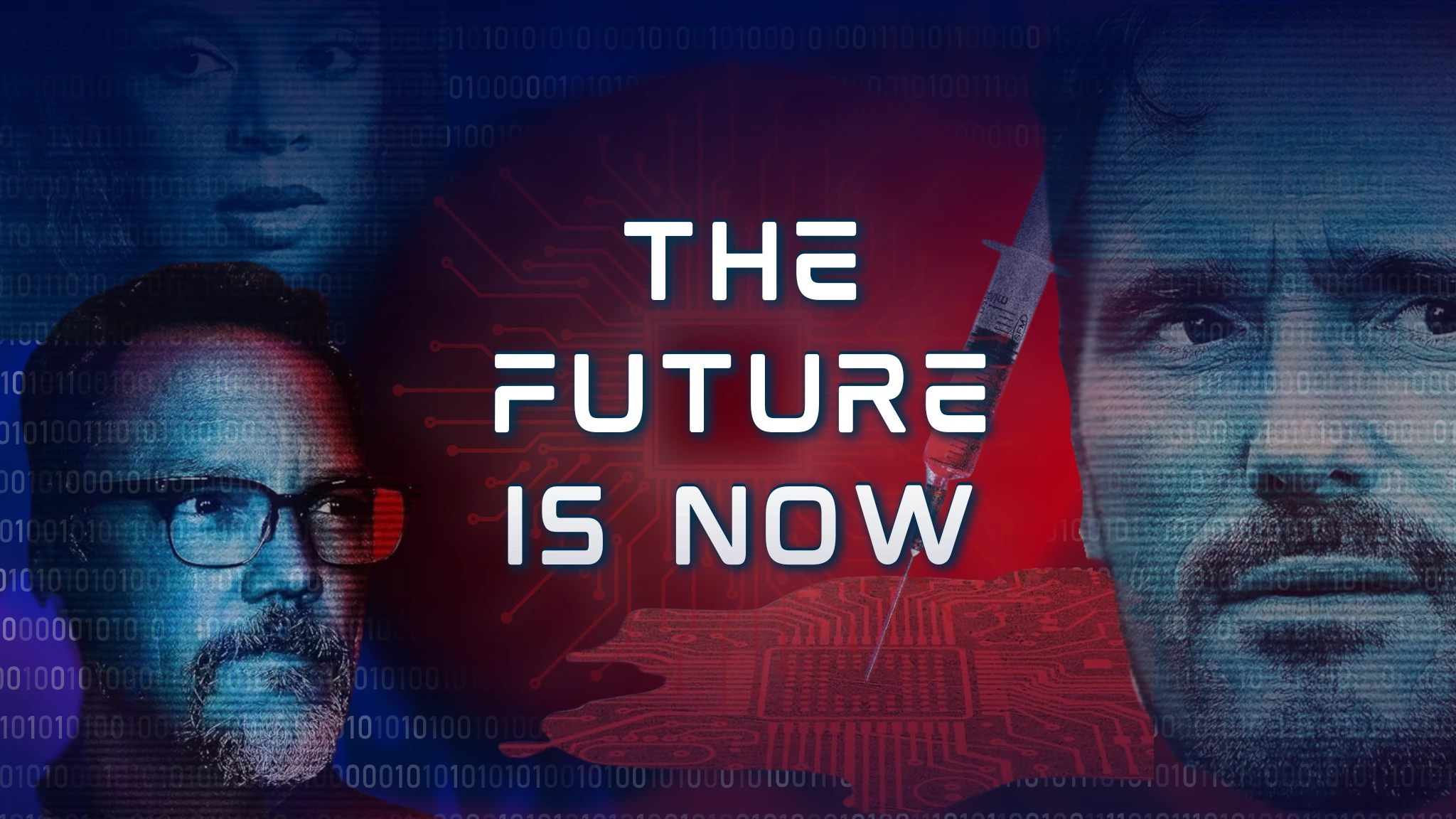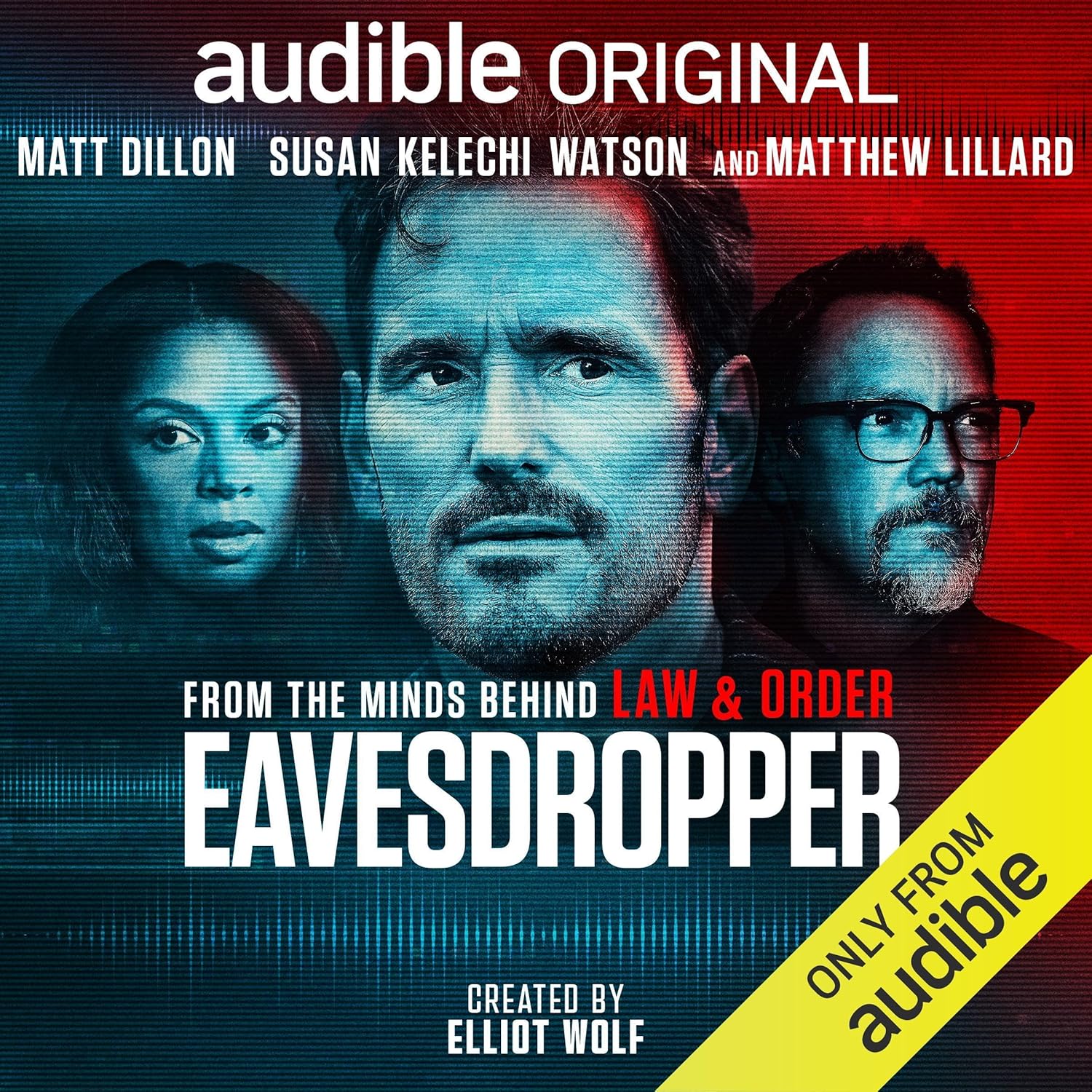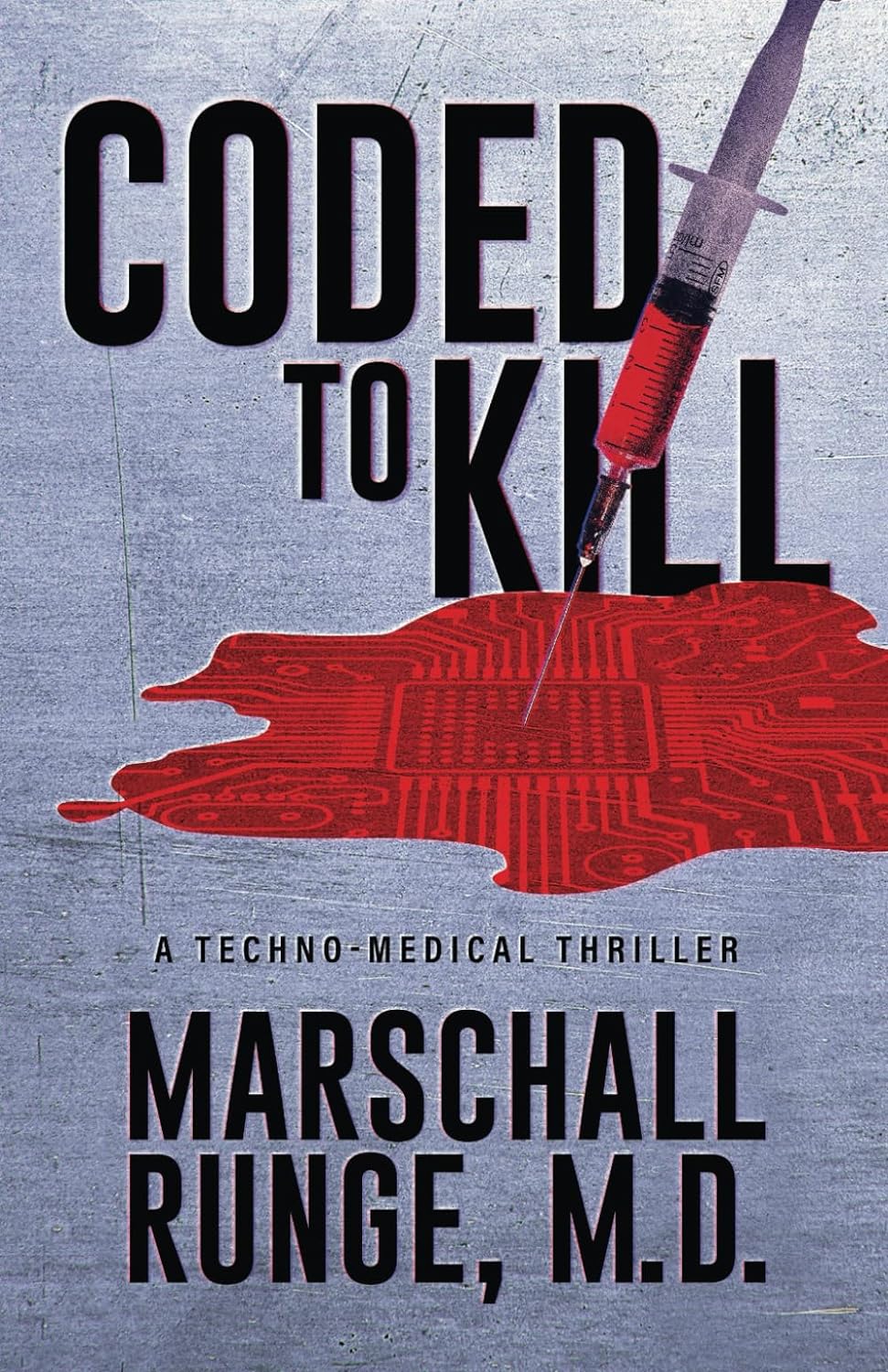While I was listening to Elliot Wolf’s Eavesdropper (read my review here), I occasionally had to put my phone face down on the table. Not because the story was too intense — though it is — but because the novel’s premise felt uncomfortably close to the little black rectangle already sitting within arm’s reach. The thriller imagines an NSA surveillance program, Southerly, that can listen in on Americans through their devices. As former Marine Hunter Stevens races to stop a bombing in New York, then to find his missing daughter, he uses Southerly to his advantage, until the system itself turns on him.
And all I could think about, earbuds in, was this: what if my iPhone was already doing the same thing?
That’s not paranoia; it’s not even particularly imaginative. Cox Media Group (CMG) pitched the concept of ‘active listening’-technology that would allow smartphones to constantly listen for key words and phrases and deliver ads accordingly. Lawmakers called the idea “staggering” and questioned whether consumers had any meaningful way to opt out. Apple, for its part, insists iPhones don’t listen without explicit permission, but its own App Privacy Report quietly shows which apps use your microphone and when — if you know where to look. Transparency exists, but only if you dig for it.
Wolf’s story is fiction, but the fear is fact.
When The Walls Really Do Have Ears
The reason Eavesdropper works so well is that it taps into a collective unease we already live with. We’ve seen smart speakers record private conversations by accident. We’ve seen law enforcement subpoena Alexa recordings in murder investigations. “Smart-home devices have become witnesses in criminal cases,” noting that courts were grappling with how to handle evidence collected in people’s living rooms.
So, when Hunter Stevens hacks Southerly to search for his daughter, the moral tension isn’t abstract. It’s immediate. Wouldn’t you do the same if you had the power? And yet the second he flips the system inward, he becomes its prey. The line between protection and persecution blurs and suddenly the story doesn’t feel like a thriller anymore. It feels like a headline we just haven’t read yet.
The Promise of Perfect Medicine — And Its Shadow
Dr. Marschall Runge’s Coded to Kill hit me differently, but with the same gut punch. (Check out BookTrib’s review here.) The novel centers on Drexel Hospital’s new Electronic Health Records (EHR) system, a cutting-edge platform about to be rolled out nationwide. For doctors, it’s a dream: instant access to medical histories, fewer errors, faster diagnoses. Runge, a physician himself, understands the appeal.
And yet, while reading, I couldn’t stop flashing to news I’d already seen. In 2022 alone, over 500 hospitals reported significant data breaches. The consequences weren’t just financial; ransomware attacks forced some hospitals to divert ambulances and delay surgeries.
Patients died while systems were locked.
The same systems that promise to save us are also exquisitely vulnerable. Runge imagines a conspiracy inside the hospital, a sinister actor weaponizing the very infrastructure of care.
But the scariest part is how little imagination is required. The danger already exists.
As Holden Thorp, editor-in-chief of Science, observed, Runge’s novel is less a story than a diagnosis of how technology can strip the soul from medicine.
Why Thrillers Matter More Than White Papers
You don’t need to read the news to know that privacy is fragile or that centralized data invites abuse. You need to sit in Hunter Stevens’s shoes, trying to balance his loyalty to the system against his need to save his child. You need to stand in Drexel Hospital, watching doctors realize that every order they enter might be twisted into a death sentence.
Thrillers like Eavesdropper and Coded to Kill do the work policy papers can’t. They make the stakes visceral. They scare you in ways that are useful, because they put flesh on abstractions like “data governance” or “interoperability.” These novels remind us that technology isn’t neutral once it’s in human hands and that ambition often outruns oversight.
The World We’re Already In
We like to think of these stories as dystopian futures. But the future has a way of arriving early. A.I. systems are already reading mammograms, sometimes with higher accuracy than radiologists. Smart assistants are already logging what we say … and sometimes what we don’t mean to say. Surveillance cameras already track our movements through cities.
The question isn’t whether we’ll live in a world like Eavesdropper or Coded to Kill. We already do. The only question is how much further down the road we’re willing to go before we put up guardrails.
As Edward Snowden warned when the NSA’s surveillance dragnet came to light, the real danger was not terrorism but economic spying, social control and diplomatic manipulation.
The Uneasy Takeaway
While I was listening to Eavesdropper, I caught myself lowering my voice. Not because anyone else was home, but because the book convinced me someone else might be. And while reading Coded to Kill, I found myself wondering about my own doctor’s computer system. Was it safe? Was the data he had on me correct? Or even mine?
That’s the true power of these types of tech-thrillers: they leave you altered. They pull the speculative into the present tense. They make you question the devices on your nightstand, the files on your chart, the quiet bargains we make for speed and safety.
The thrillers end. The paranoia doesn’t. And maybe it shouldn’t, because the world is changing faster than we could have ever imagined, but the question we each need to ask ourselves is: Are we ready for it?



